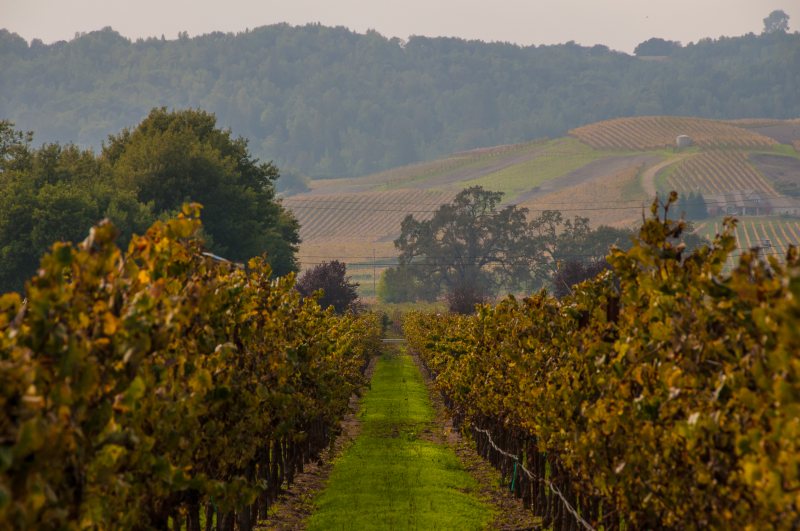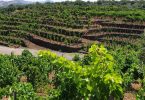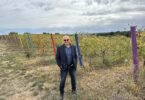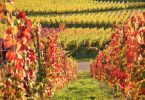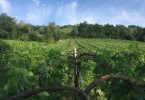The history of Oak Knoll District (OKD), one of the oldest viticultural areas of Napa Valley, dates back to 1851. Here the first plantations of vineyards of fine wine varieties arose.
When Captain Joseph W. Osborne, with the gold rush booming, settled in California in 1850, he purchased a large tract of land three miles south of Yountville and called it Oak Knoll. It was 1951. The following year he introduced some of the first European vines to California. Previous plantations were all Mission varieties, brought by Spanish missionaries.
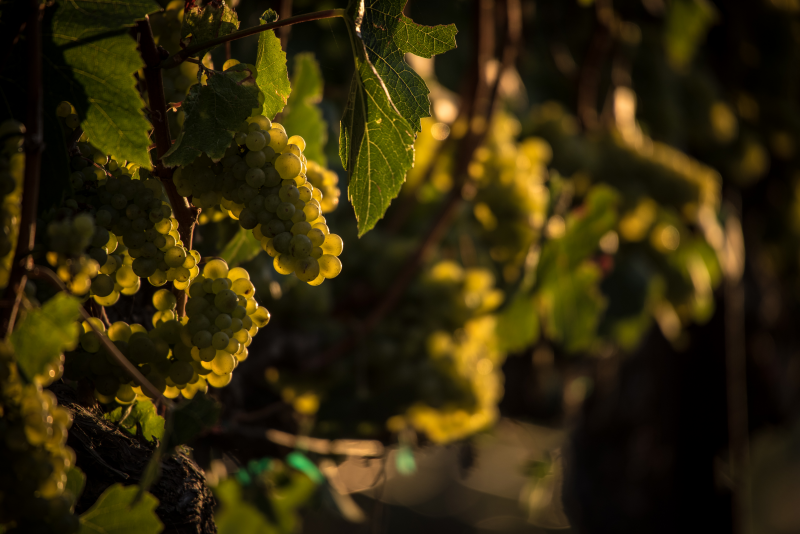
©Oak Knoll District of Napa Valley AVA
In 1856, Oak Knoll was named the best area in the state by the California Agricultural Society. Osborne’s fifty-acre vineyard soon became the largest in Napa Valley. Osborne was a renowned agricultural innovator and advocate for grape quality. Together with Agoston Haraszthy, he founded the Sonoma-Napa Horticultural Society. Murdered by a former employee in 1863, Osborne, as historian Charles Sullivan wrote, might have become “the father of the Napa Valley wine industry.”
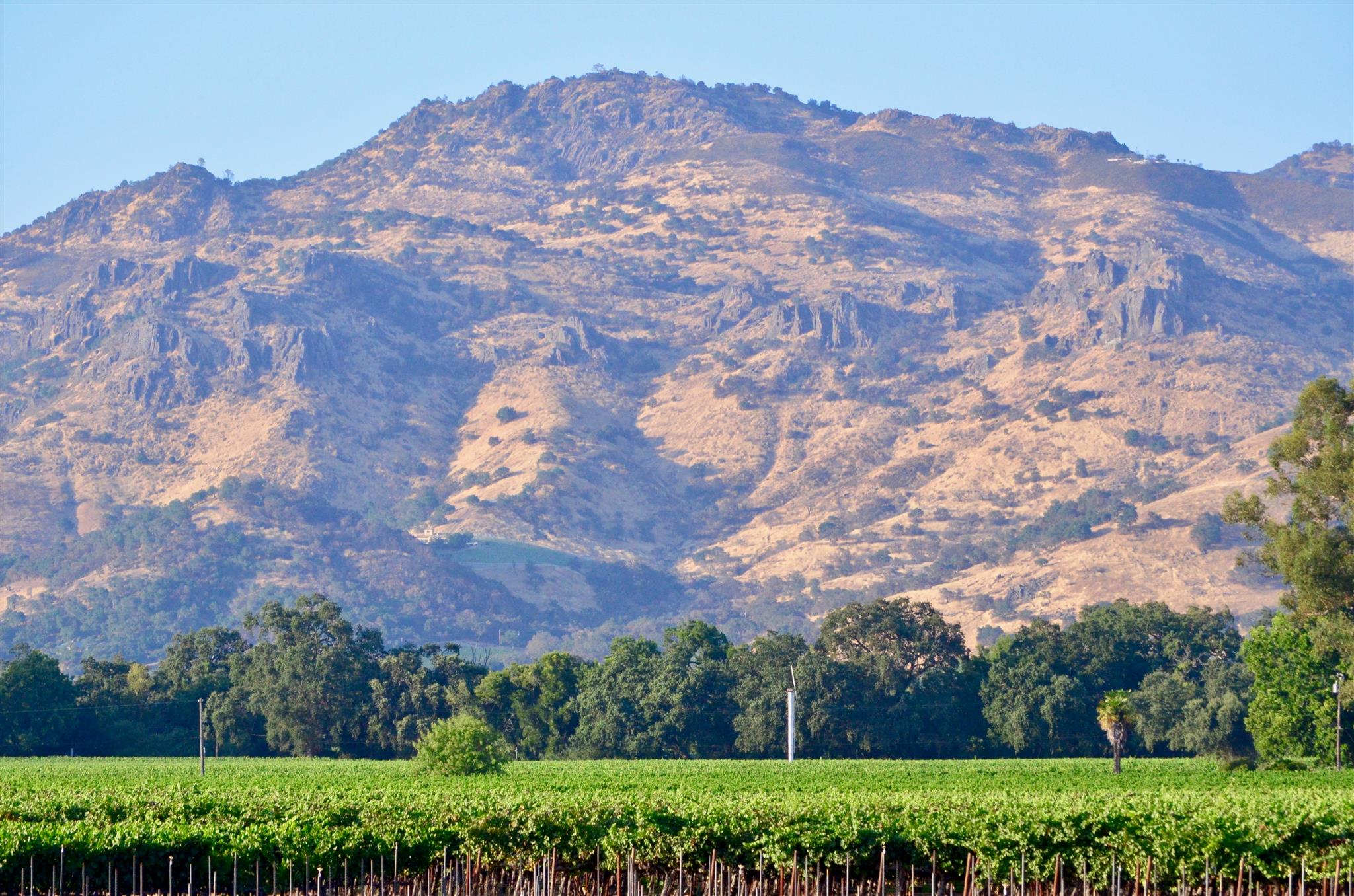
©Oak Knoll District of Napa Valley AVA
At the end of the nineteenth century, numerous wineries arose in the area which made Napa Valley the most flourishing area of the US wine market.
By 1890, when Napa Valley had at least 140 operating wineries, the valley and the state’s entire wine industry were hit one after another by grape disease, recession, Prohibition, World Wars, and the Great Depression. By the mid-1960s the vineyards had been largely replaced with nuts and hay.
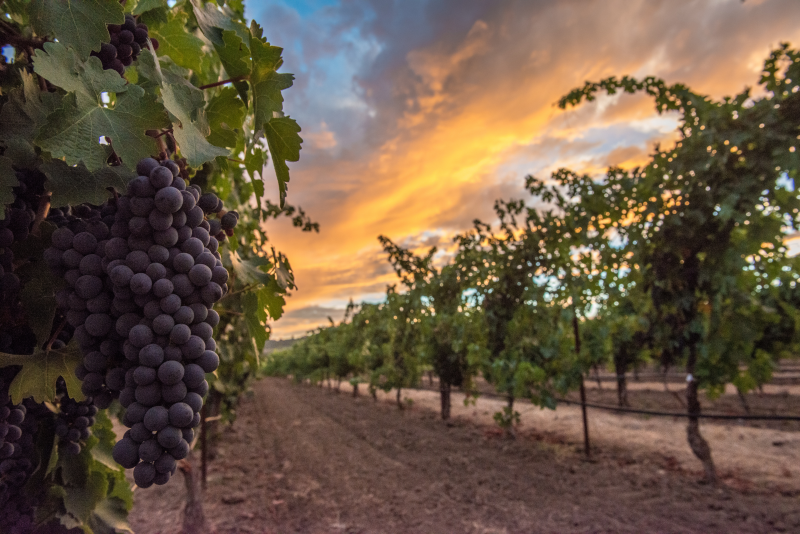
©Oak Knoll District of Napa Valley AVA
In the 1970s, the Valley began to flourish again. In 1968, the Trefethen family rehabilitated a ghost winery and began replanting vineyards. That year, residents established the Napa Valley Agricultural Preserve to permanently protect more than 38,000 acres of prime valley floor farmland. The following year the Corley family followed by building a winery and planting vineyards near the Napa River in Oak Knoll. Nearby the Jaeger family planted their vineyards and the district, along with the entire valley, was embracing a brilliant new wine culture.
Success came with the first international recognition. In the 1980s, the red varieties received top marks and Oak Knoll Cabernet Sauvignon was judged the best in the state at the California State Fair Wine Competition.
In 20004, the Federal Government formally recognized the Napa Valley OKD as America’s 14th viticultural area.
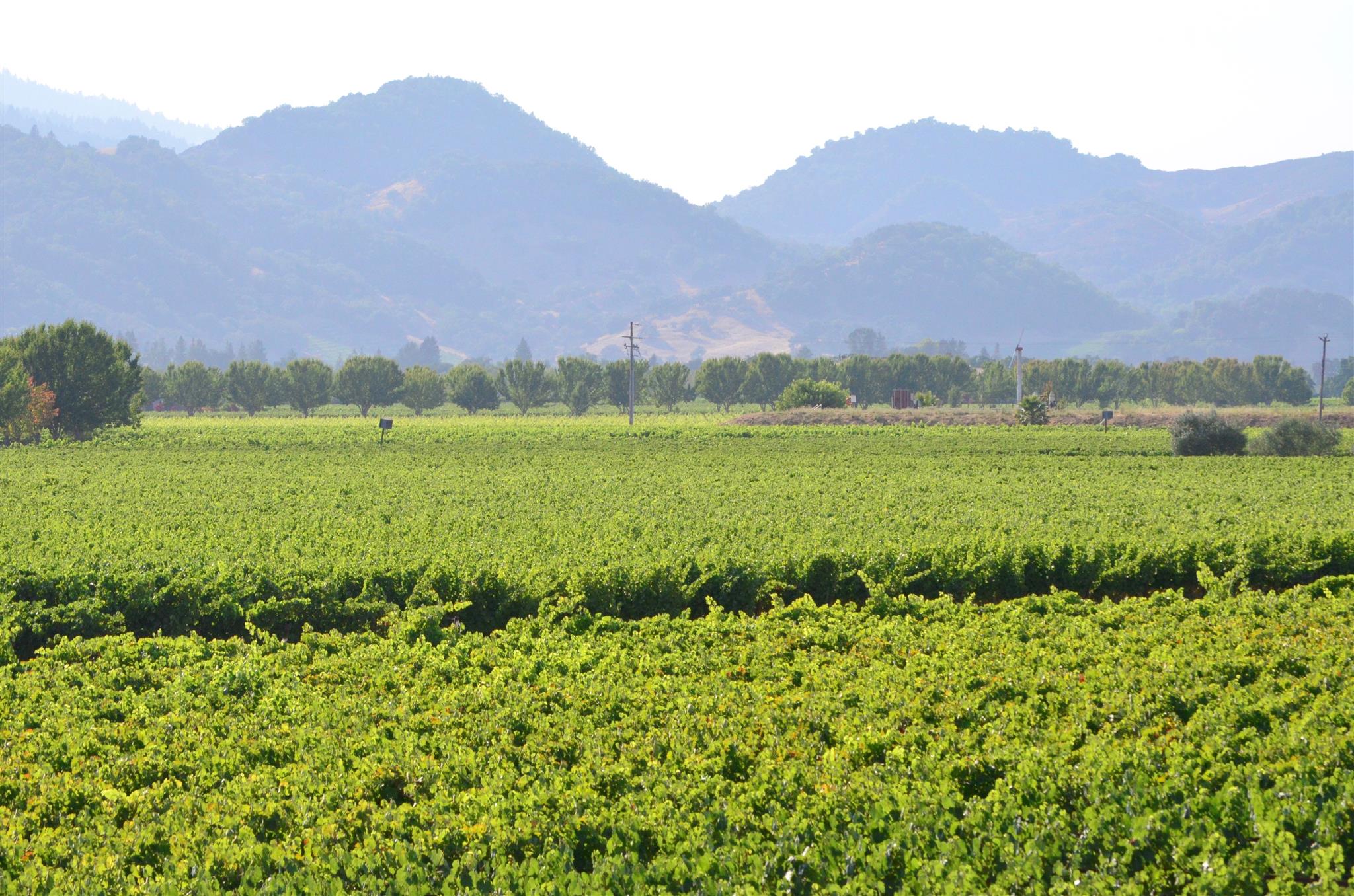
©Oak Knoll District of Napa Valley AVA
Today, the district’s 8,300 acres contain nearly 4,200 acres of vines. The area is located north of the city of Napa and south of Yountville. Mount Veeder is the western border and the Silverado Trail defines its eastern border.
Some of Napa Valley’s most prestigious wineries are based here and own or purchase fruit from these vineyards. Additionally, some of Napa Valley’s most prestigious wineries purchase grapes from these vineyards.
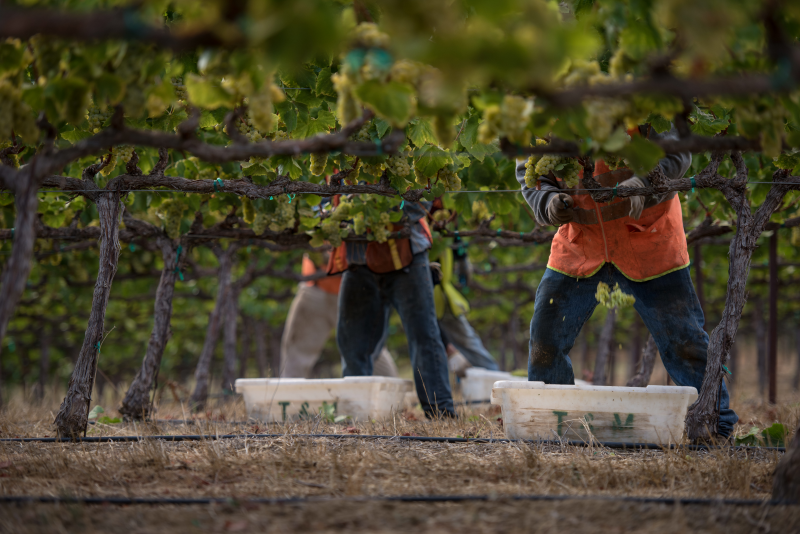
©Oak Knoll District of Napa Valley AVA
Here, the marine influence of San Pablo Bay is strong, with foggy mornings and cool summer nights. Summer daytime temperatures can average 10°F cooler than St. Helena. This creates the longest growing season in the valley, ensuring early germination and a long, pleasant growing season for optimal, balanced maturation. Cooler nights and slowly rising daytime temperatures create a naturally long residence time for fruit to achieve bright acidity, exceptional texture, fruity aromas and elegant flavors.
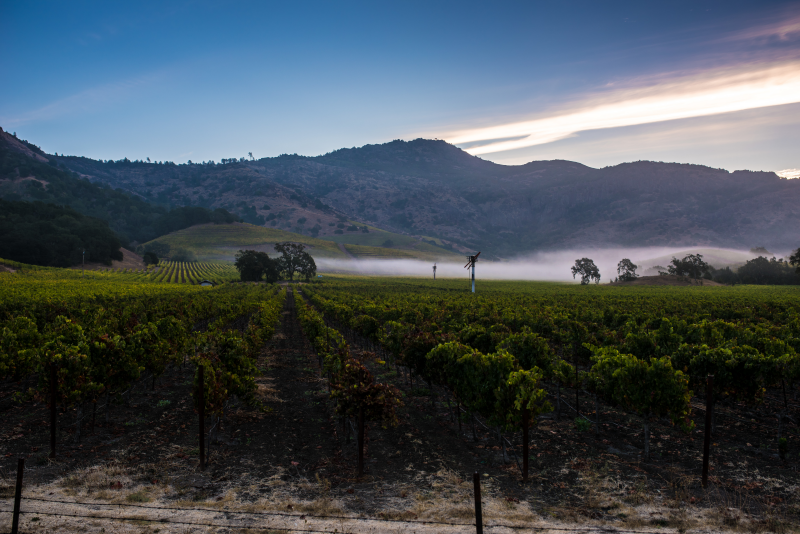
©Oak Knoll District of Napa Valley AVA
OKD is one of the rare places in Napa Valley where it is warm enough to perfectly ripen red varieties like Cabernet Sauvignon, Merlot, Malbec, Petit Verdot and Zinfandel, while still being cool enough for grapes like Chardonnay and Pinot Noir.
An area rich from various points of view which, having not yet developed its full potential, intends to continue to develop and emerge increasingly on the international scene.


